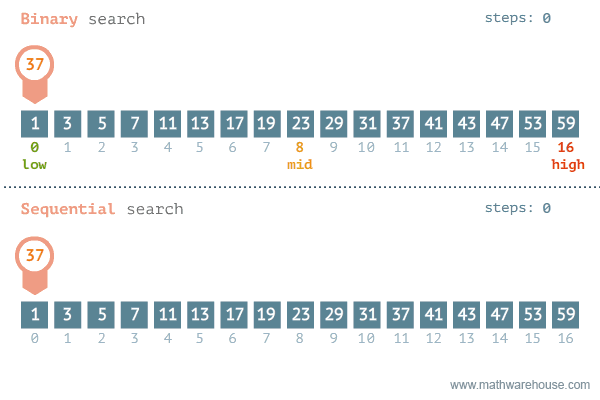Rules
Probabilty Formula
Prob(E) |E|⁄|S|
|E| = Total number of favorable outcomes
|S| = Total number of Outcomes or Sample space
Elementary Rules
The Elementary Addition Rule
Given E1 and E2 are disjoint:
Prob(E1 ∪ E2) = Prob(E1) + Prob(E2)
The Elementary Multiplication Rule
Given two independent events:
Prob(E1 ∩ E2 = Prob(E1) * Prob(E2)
General Rules
The General Addition Rule
Prob(E1 ∪ E2) = Prob(E1) + Prob(E2) - Prob(E1 ∩ E2)
If the events are disjoint, then E1 ∩ E2 = ∅
Which also means that the general addition rule will reduce to the elementary addition rule for probability.
The General Multiplication Rule
Prob(E1 and E2) = Prob(E1) * Prob(E2|E1)
= Prob(E2) * Prob(E1|E2)
Used when the events are not independent.
Complement
Prob(E') = 1 - Prob(E)
The complement E' of E is the event consisting of all the outcomes that do not occur in E.
Bernoulli Trials
Prob(k) = nCk pk qn-k
k = Desired outcome
n = # of trials
p = probability of success
q = probability of failure (also referred to as 1-p)
An experiment must satisfy the following to use the Bernoulli equation:
1) The experiment is repeated for a fixed amount of trials with each trial independent from others.
2) There are only 2 possible outcomes
3) The probabilty of success is the same for each trial.
4) A random variable counts the number of successful trials.
Binary Search
Only works if the numbers are in order.
Can be more effective than a standard linear search.
Less effective if the number searched is in the beginning of the list; sequential search is more effective then.
Binary search works by going to a middle number in a list.
Based on if the number being searched is higher or lower than the middle number in the list, it continues searching either the lower or higher half of the numbered list.

